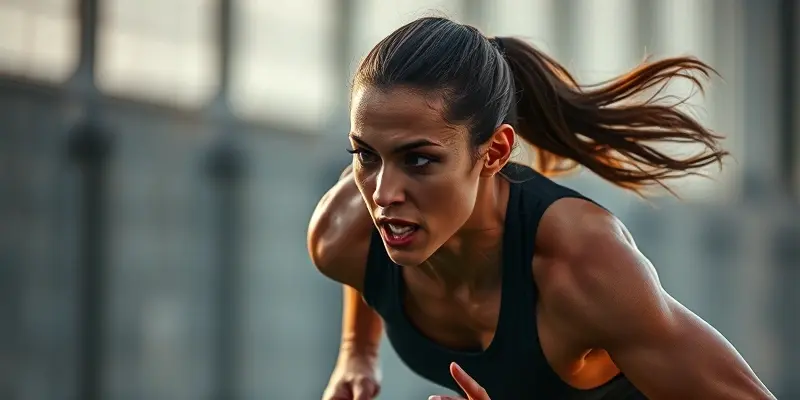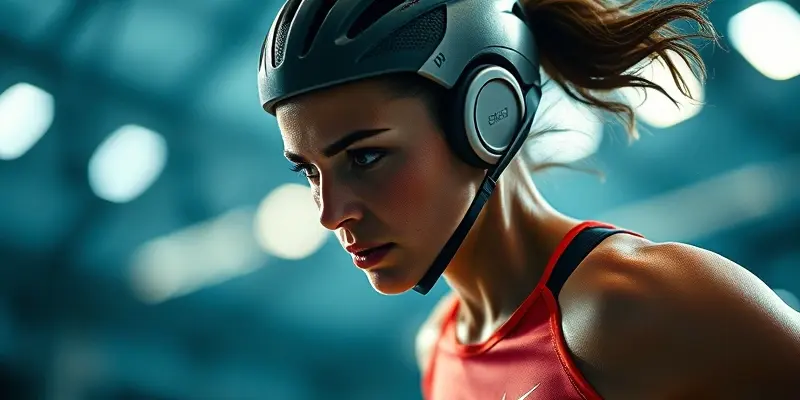The Smart Runner’s Guide: Choosing Shoes for Injury Prevention and Recovery
When it comes to running, nothing can throw you off course like an injury. Whether you’re training for your first 5K, logging your weekly marathon mileage, or just jogging for health, the right shoe is your front-line defense against setbacks. Let’s explore how smart shoe choices can keep you injury-free and support a strong comeback after any layoff.
Why Your Shoes Matter for Injury and Recovery
Think of your running shoes as your personal shock absorbers and alignment system. When chosen wisely, they help cushion every step, keep your gait steady, and reduce stress on your knees, ankles, and hips. For those recovering from injury or ramping up mileage, the right pair can make all the difference between a smooth journey and another round on the sidelines.
What to Look for: Key Features in Protective Running Shoes
Modern running shoes are technical marvels, designed to do much more than look good. Here’s what you should prioritize:
- Shock Absorption: Look for max-cushion models that soak up impact—think of these as “pillows” for your joints, crucial for long runs or recovery days.
- Stability: Features like the ASICS Kayano’s 4D Guidance System or Brooks GuideRails control excessive movement, protecting against overpronation (when your foot rolls inward too much).
- Proper Fit and Breathability: A well-fitted, breathable shoe helps prevent blisters and hotspots, so you can focus on the run—not your feet.
- Weight and Flexibility: Especially during recovery, lighter shoes with a bit of give can ease the load on tired muscles and reduce fatigue.
Top Shoe Picks for 2025: Injury Prevention & Recovery
Which shoes are up to the task? Here’s a brief overview of this year’s standout options:
| Shoe Model | Key Strengths | Best For ||————————–|—————————————————-|——————————————|| ASICS Gel Kayano 32 | Max stability, plush cushion, durable grip | Overpronators, chronic injury prevention || Mizuno Neo Vista 2 | Premier shock absorption, super-soft ride | Joint protection, long recoveries || Puma ForeverRun Nitro 2 | Soft, balanced support, stable midfoot | Support seekers, daily/recovery runs || Brooks Glycerin GTS 22 | Cushiony, smooth, light-feeling stability | All-rounders, injury rehab || Hoka Bondi 9 | Extra-thick cushioning, reduces joint stress | High mileage, injury rebound || Adidas Ultraboost | All-day comfort, plush feel | Beginners, casual & low-impact training || New Balance Fresh Foam X | Soft, bouncy, breathable | Mileage builders, recovery walkers |
Not sure where to start? Think about your biggest needs: Do your knees ache? Is your arch unstable after a long run? Start there, and you’ll narrow down the best match.
Recovery and Prevention: Beyond the Shoe
While great shoes are essential, they’re only one piece of your injury-prevention toolkit. Here’s how to protect yourself on (and off) the run:
Gradual Progression is Key
Just like lifting weights, your running volume needs to increase slowly. Jumping from zero to hero too fast is a major cause of injury—even in the best shoes.
Mix It Up with Cross-Training
Balance out running with strength training, flexibility work, or a low-impact activity like cycling. This helps take the repetitive strain off your legs and builds overall resilience.
Nutrition Fuels Repair
Don’t underestimate your diet. Protein is king for muscle repair; add in vitamin C and zinc for healing, and complex carbs to keep energy steady.
Recovery Gadgets: The Cherry on Top
Foam rollers, massage guns, and compression gear are excellent aids. They boost circulation and help relax tight muscles—especially handy after tough runs or during injury comeback phases.
Stay Motivated and Mindful
Set small, achievable goals and track your progress. Celebrate milestones, and remember: recovery isn’t a straight line, but every smart step counts.
Takeaways: Your Strong Comeback Starts at Your Feet
A well-chosen shoe is more than just gear—it’s an investment in your running future. Assess your needs, test different models if possible, and don’t be afraid to ask for expert help in-store or from your running community.
To sum up:
- Prioritize shoes with superior shock absorption and stability.
- Embrace gradual, well-rounded training and strong recovery habits.
- Tune in to your body’s signals, and don’t rush your return.
Ready to put your best (and safest) foot forward? Your next run might just be your strongest yet!
Written by your GymPulse Club fitness expert—dedicated to keeping you educated, motivated, and injury-free. Got a question or want to share your recovery journey? Drop it in the comments below!

